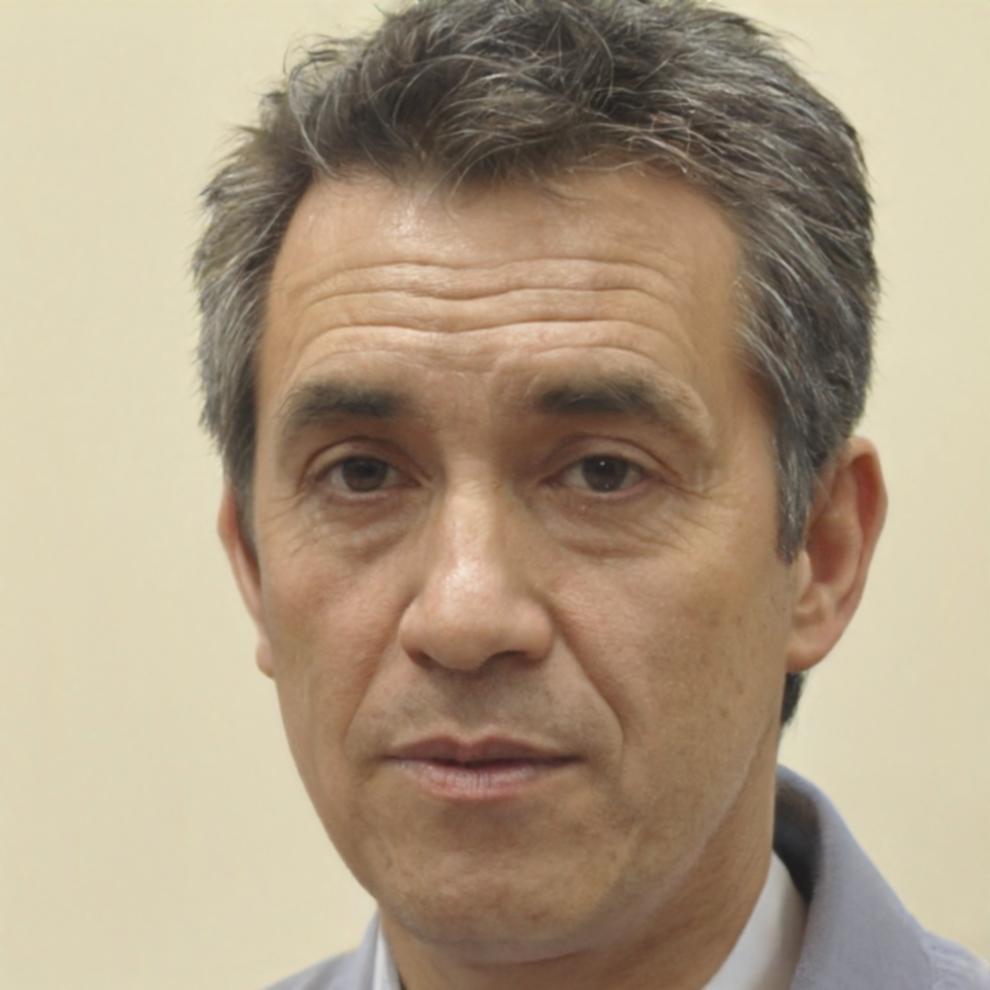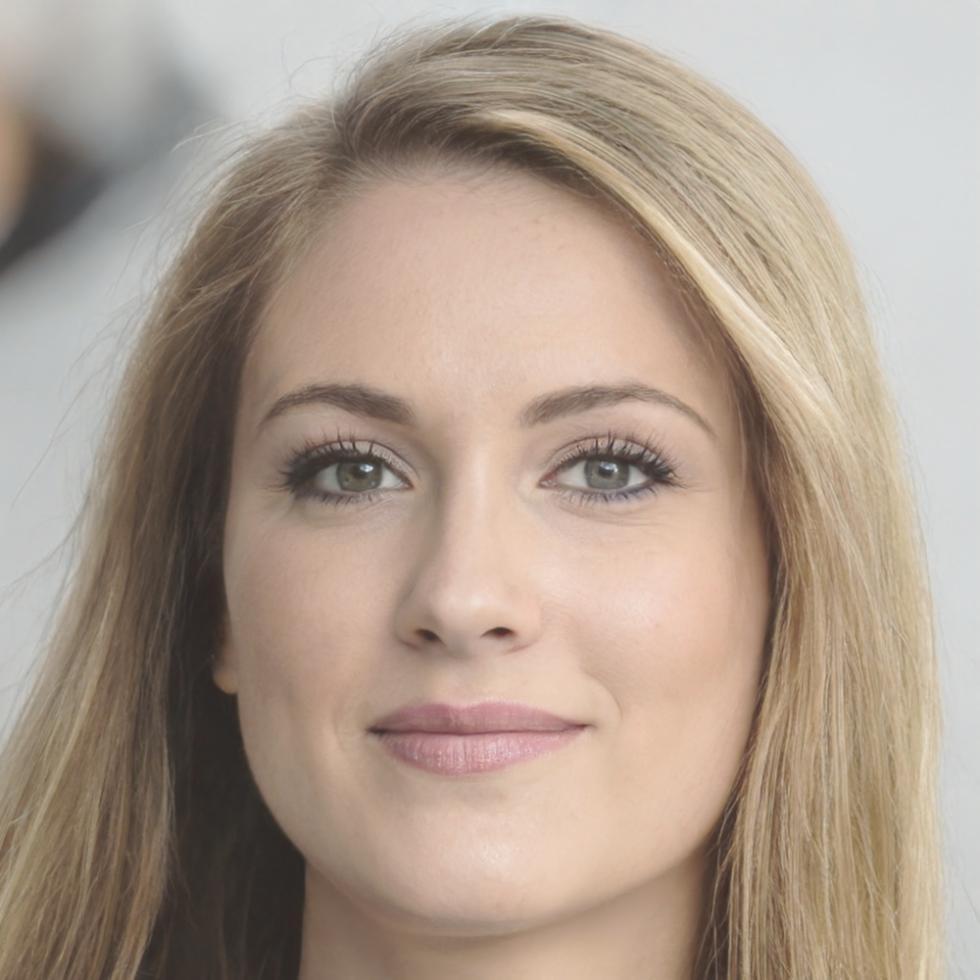Business Models That Actually Work
Six months of practical finance education for Australian businesses
We've spent years working with businesses across Australia, and one thing keeps coming up: people want financial strategies they can actually use. Not theory that sounds good on paper but falls apart when you try to put it into practice. This program is about bridging that gap.
Get Program DetailsWhat You'll Walk Away With
We built this program around questions we hear every week from business owners. How do I know if my pricing actually makes sense? What should I be tracking that I'm probably not? When do I need to bring in outside capital, and how do I structure that without giving away the farm?
It's six months because that's how long it takes to really absorb this stuff and start applying it. We tried shorter formats and people kept asking for more time to work through their specific situations.
- Financial modeling techniques you can customize for your specific business context
- Pricing strategies that account for market positioning and long-term sustainability
- Capital structure decisions with real examples from Australian businesses
- Cash flow management systems that actually prevent problems instead of just tracking them

Who You'll Learn From
Our instructors come from different finance backgrounds, which matters because business models don't follow one single playbook. You'll get perspectives from corporate finance, startup funding, and operational efficiency.

Callum Treloar
Business Finance
Spent twelve years helping mid-sized companies restructure their financial operations. He focuses on the unsexy stuff that actually keeps businesses running smoothly.

Saskia Drummond
Capital Strategy
Works with businesses navigating funding rounds and capital raises. She's good at explaining the investor perspective without making it sound like rocket science.

Imogen Wescott
Financial Modeling
Built financial models for everything from tech startups to manufacturing operations. She makes spreadsheets less painful than they sound.
How The Program Flows
We break it into four phases because trying to cover everything at once just leads to overwhelm. Each phase builds on what came before, and you'll have time to actually implement things between sessions.
Foundation Models
Weeks 1-6
We start with the core financial frameworks that apply across most business types. Revenue models, cost structures, unit economics. This is where we make sure everyone's speaking the same language before we get into more specialized topics.
Strategic Pricing
Weeks 7-12
Pricing is where a lot of businesses leave money on the table without realizing it. We'll work through different pricing strategies and when each one makes sense. Value-based, cost-plus, competitive positioning, the whole range.
Capital Decisions
Weeks 13-19
Should you bootstrap or raise capital? If you raise, what type and on what terms? These decisions have long-term implications, so we spend serious time on the tradeoffs and how to think through them for your specific situation.
Operational Reality
Weeks 20-26
The final phase connects everything to daily operations. Cash flow forecasting, scenario planning, performance metrics that actually matter. We also cover what to do when things don't go according to plan, because they rarely do.
Next Program Starts September 2025
We run two cohorts per year to keep group sizes manageable. The autumn program begins in September and runs through February 2026.
Classes meet Tuesday and Thursday evenings at our Phillip location, with some weekend workshops mixed in for the more intensive modules.